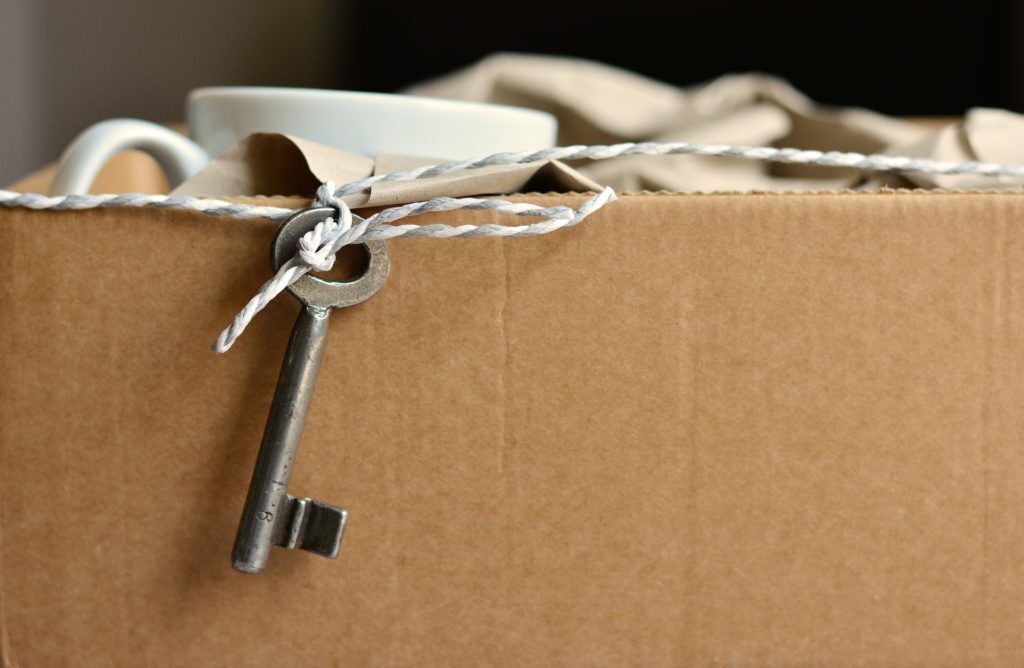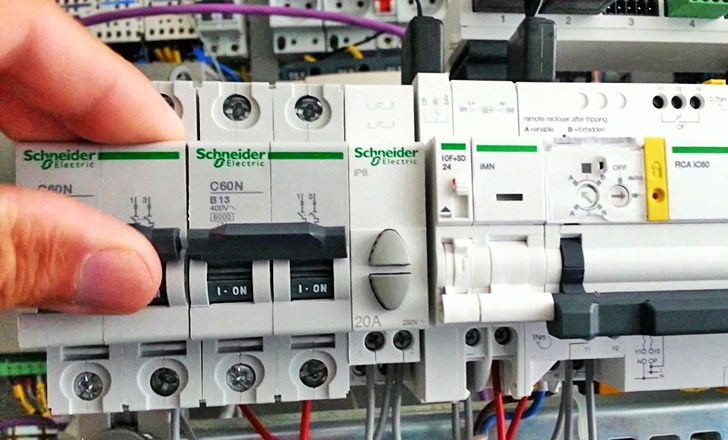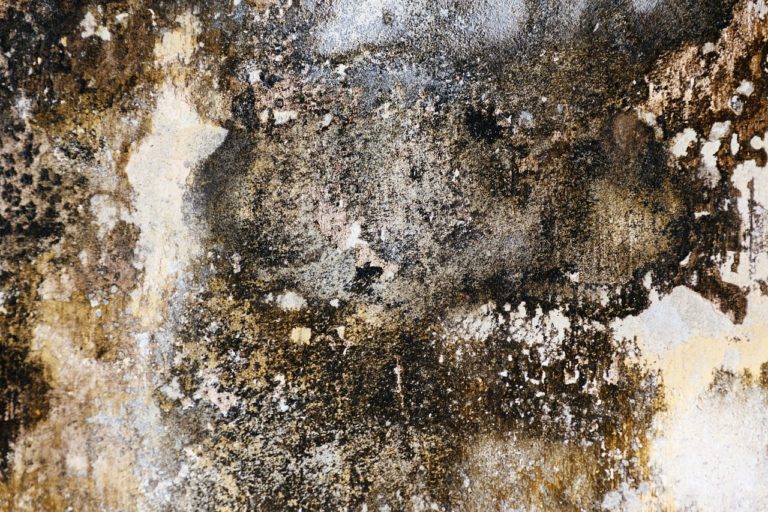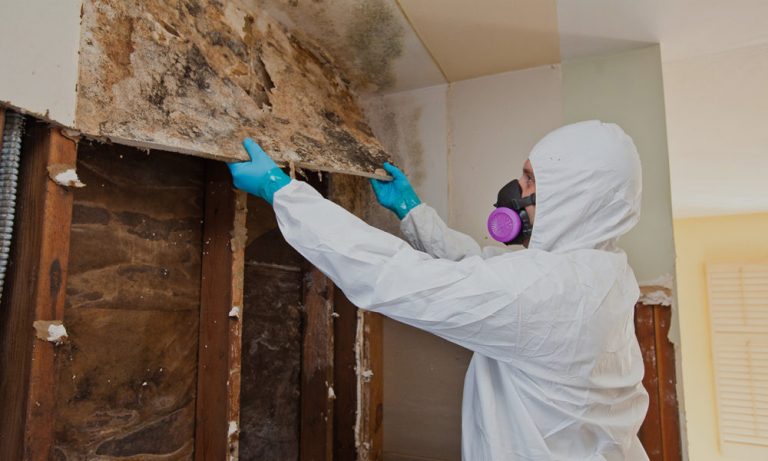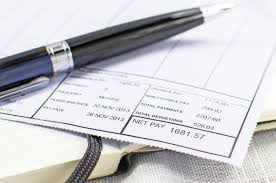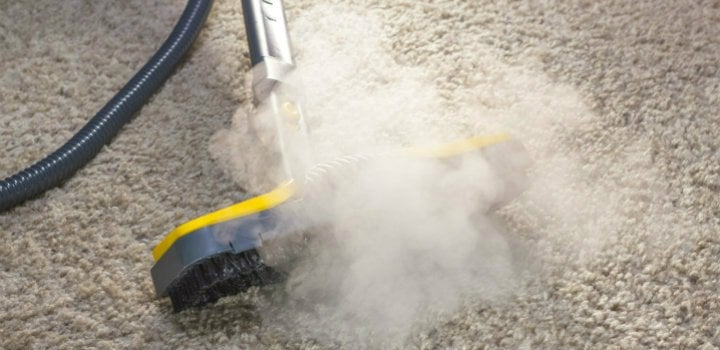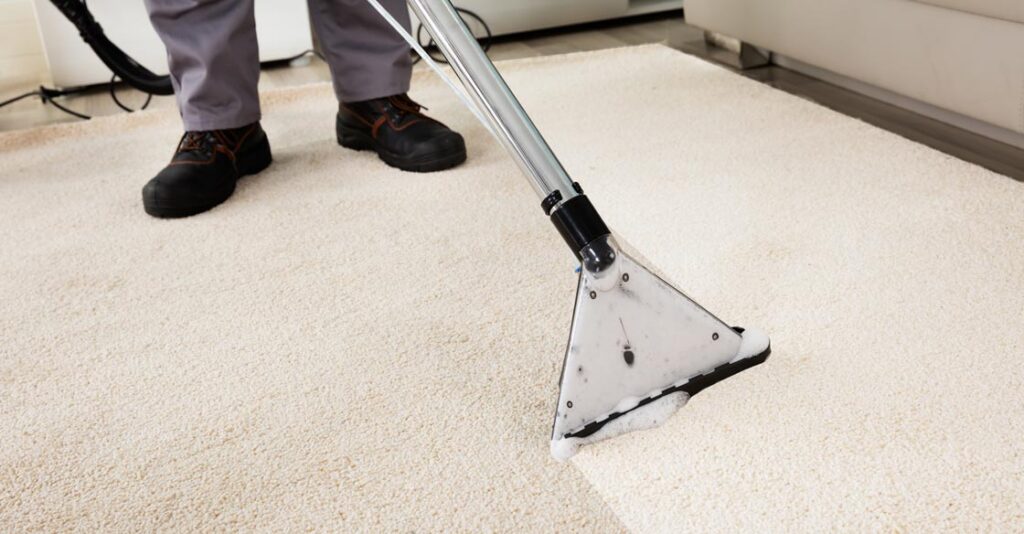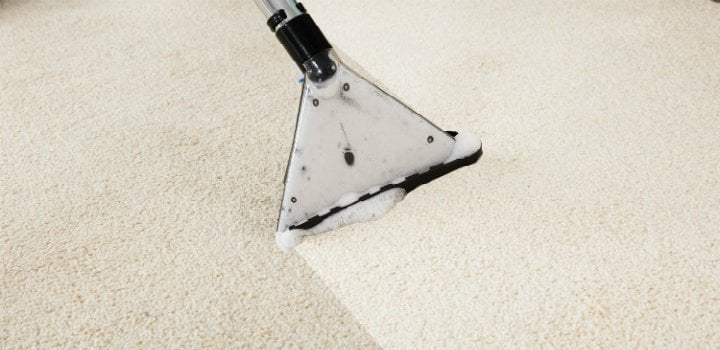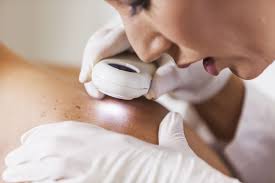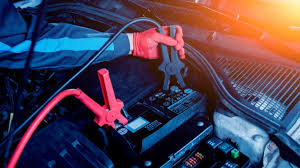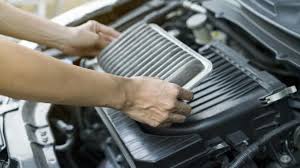Reasons To Hire A Photo Booth For The Big Day
A wedding reception should be fun for everyone. One of the popular trends in weddings is hiring photo booths. Just like you and your partner, a photo booth and a wedding is a great match! Here are the reasons why you should hire a photo booth for the big day.
A photo booth is suitable for all ages
Adults love a photo booth and so do kids. It is nice to have something on your wedding that the children, parents and grandparents can join together.
Lots of entertainment
Your guests will just love the photo booth. When guests come out of the booth they will surely smile. They will love it so much that they will come back again and again. A photo booth is the highlight of your wedding reception and everybody will be pleased with the photographs.
Nostalgia
Back in the days we had no cameras on our phones. You had to squeeze into a photo booth to make an instant picture of you and your friends. Our photo booths look more stylish, but the concept is the same as the good old photo booths. There is just one exception: we add some fun props to make the photo moments more memorable.

Fantastic Favours
Give the gift of memories and photo booth fun from the day that guests can look back on for years to come. Skip the bag of wedding almonds, chocolates or shot glasses and thank your guests for sharing your day with a personalized photo. They’ll have a memory of how much fun they had on your big day and have a smile to remember it by. Customized templates will remember the date it took place and where. Now that’s a true THANK YOU! “Fun Cube was awesome and the photo booth was a huge hit! Great favours!”
Memories That Last
Guests will create photos for your guest book but they receive an instant print of their photos for a keepsake as well. A wedding photographer is there to photograph the memories from the day, however your guests want photos too! So many people will see these photos for decades and so many people will ask questions about the fun they had at your wedding. What an amazing keepsake to have and share.

You can have photo prints as wedding favors
Probably one of the easiest way to opt out of a traditional favor that your guests will just throw away is to have a photo booth. Think about it, do you even keep the favors you’ve received from other weddings you have attended? We know it’s often the first thing guests leave in their hotel room or even on the tables at the reception. Instead of handing out a plant or homemade jam, think about giving photo prints that your guests can share online, frame, and most importantly, keep!
You’re also killing two birds with one stone – not only are you crossing off wedding favors on your never-ending wedding to-do list, you’re also (SPOILER! to the other reasons why you should have a photo booth at your wedding) getting a guest book, giving your guests a chance to document how great they look, adding an element that’s fun for all ages, and giving guests something to do during the awkward down time at a wedding.
There are so many ways you can customize them, too. Why not use the space at the bottom to thank your guests for coming? Or remind them of your wedding hashtag so they share the photos they took on their phones? Your photo booth company may even offer options other than a typical printout, such as: magnet frames, photo frames, and book marks.
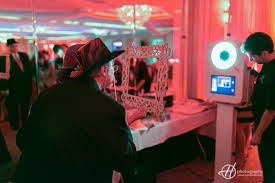
Bringing People Together
It can sometimes be difficult to encourage guests to mingle at an event, especially when they don’t all know each other. Getting your colleagues from work to chat to your old school chums isn’t as easy as it seems but with a phootbooth, the process of breaking the ice is suddenly much simpler. Strangers strike up conversations while waiting for their turn and pose for shots together – before you know it, everyone is getting on swimmingly.
An Affordable Choice
Arranging events can be a costly business, but if you hire a photobooth from us, you’ll find that you can enjoy great value for money. For one low cost, you and your guests can benefit from some great entertainment, a lot of laughs and some precious mementos that will last a lifetime.
Photo booth for weddings: tips to capture the joy of your day
You want your wedding day to be as stress-free as possible, right? The good news is that with Simple Booth and a little planning, your photo booth will basically run itself.
1. Choose the right location for your wedding photo booth
Put your wedding photo booth in a high-traffic area, like near the bar or dance floor. And wherever you put it, make sure that your guests can see it.
Weddings can get a bit hectic; if your guests don’t see the photo booth they’re not going to use it. We recommend putting your photo booth 5-10 feet away from one of the busiest areas in your reception venue.
But choosing the right spot for the photo booth isn’t all you need to think about. If guests have to fight their way through tightly packed tables, they’re going to be less excited to join in the fun. Keep space around your photo booth and make it easy to get in and out of the seating area.
2. Make the photo booth setup inviting
In order for your wedding photo booth to be successful, you’ll want your guests to jump in and have fun with it. Even the shyest guest will feel obliged to stand in front of the camera if you’re using the photos for a wedding scrapbook.
Let guests know that you need their help to build memories of your special day. Enlist your emcee, wedding party, and close friends to keep the photo booth fun going.
You’ll want to have signage and reminders throughout your venue to let guests know where the photo booth is and to encourage them to take advantage.
Of course, the best thing you can do is have an eye-catching photo booth that can capture the attention of your guests all on its own
Above all, the photo booth for your wedding should look inviting. We recommend having the area brightly lit and matching the photo booth area to your wedding’s style. You want your wedding photo booth to be another part of your reception venue that people will look at and say, “that’s beautiful!”
3. Create your own wedding photo booth backdrop
The right backdrop is essential for your wedding photo booth. It’s the focal point of your photo booth and should be beautiful and eye-catching without detracting from everything around it.
Your backdrop can be as simple as a blank wall. But, if you really want your personality to shine, bring the wall to life with decorations that capture your wedding’s style.
Not sure what you can do with a blank wall? Here are some ideas:
- Fun, removable wallpaper
- Hanging fabric
- Vinyl decals
- Fringe curtains
- Hanging fresh flowers (or a flower wall)
4. Create a live event feed
Are you planning to have a slideshow at your wedding, telling the story of you and your love?
Get more out of that big screen by setting up a live feed from your wedding photo booth. You and your guests will enjoy (and laugh at) all the fun being had at the photo booth.
People love seeing their images popup up on the big screen in real-time and it will encourage other guests to join in


